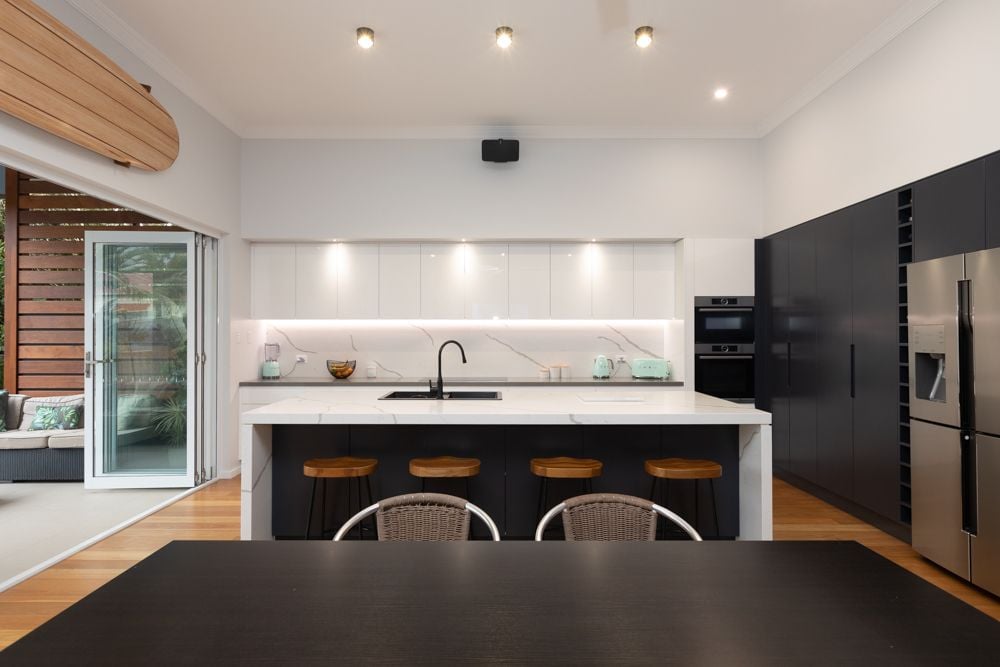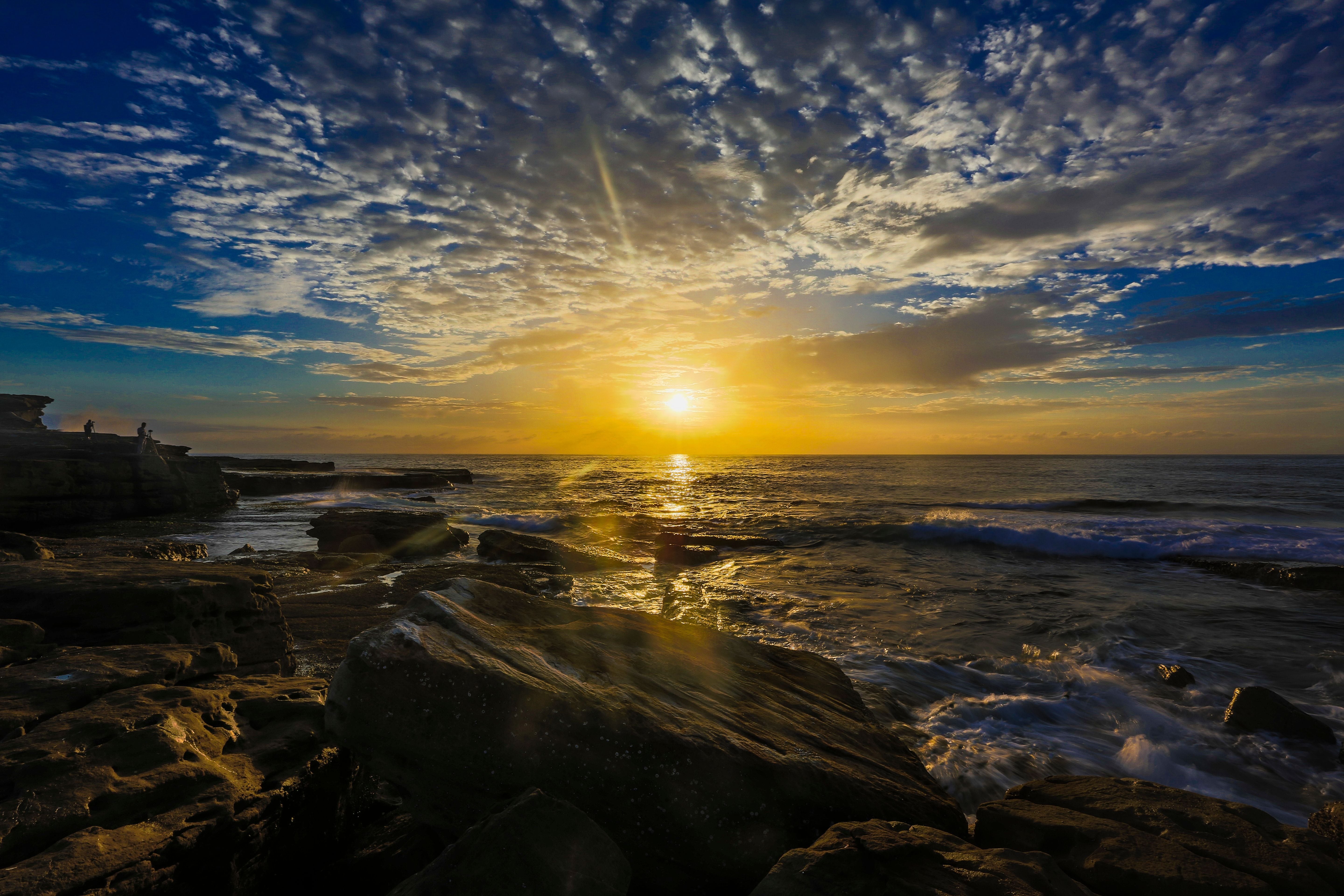Posted in Improving Photography
Tips on Improving Your Photography Part 2
)
Symmetry
Along the same lines, if you are going for symmetry, make sure you nail it. A few inches in one direction can upset the image's symmetry, and your audience (and you) will know you were going for symmetry and missed. Photography can be a game of millimetres.
Study photographs by other photographers . What do you like? What is your favourite thing to photograph?
What do you dislike? What would you improve? Is it perfect? Why, then, is it perfect? Look. Enjoy. Remember. Soak it in. But, don't forget to go out and make your own images!Read photo books Books and websites have helpful tips (I hope this counts). But, not all are created equal. Find writers who you connect with through their writing and find writers who give good advice.
Learn/Workshops;
The only substitute for learning through reading (or watching videos) is to make images yourself. Take a class. Attend a workshop. Similar to books and websites, these are not all created equal, but, the one thing they should do is immerse you in photography for a night or a weekend, or more. Being immersed in the art and craft is as important as anything else.
Check your settings / know your equipment;
I dont know how often I have been tempted to put the following note on a sticker and affix it to my LCD screen:
Check your ISO, dummy; If I had a dollar for each time I went out in the sunlight with my ISO at 800 or higher after shooting the previous evening where it was dark.
Know what your settings are and how to change them quickly.
Practice will help you become quicker at this, it is like anything else the more you do it the more proficient you will become, and before long it will be second nature.Use your histogram; In digital photography, the histogram is the best way to evaluate your exposure for accuracy. The LCD screen can be misleading. Knowing how to read your histogram might be the difference between thinking you have a great photo and truly having a great photo.
Get closer;
Fill your frame with the subject, if you can. This is one of the most difficult things to do in photography, as we sometimes worry about being invasive to a stranger, or lazily reach for a telephoto lens to "cheat" and pretend we got close. Get closer and see your imagery improve. I appreciate lots of people want full body shots, but getting closer usually makes a better portrait. Remember less is more.
Take Your Time;
There are times when you need to be quick, but there is something to be said for planning and being deliberate.
Put some thought into the shot before you take it.
Wait for elements to come together, if necessary, then take the photograph.
Use a Tripod;
I appreciate it is a cumbersome piece of equipment, but if you choose to use it, you will have to slow down and think more about the image. That is not necessarily a bad thing. You can then have a slow shutter speed, and you will be able to lower your ISO. ie: camera shake will no longer be an issue.
Patience;
Some of the greatest photos taken the photographer has waited for hours to get that photo, especially when it comes to nature, or wildlife. Both work on their own time schedules. I am not saying you have to spend hours waiting for that photograph, but be patient.
| Posted in:Improving Photography |
Tips On Improving Your Photography
)
TIPS ON IMPROVING YOUR PHOTOGRAPHY
READ YOUR MANUAL
I know reading your manual can be quite boring and overwhelming, but they do tell you a lot about how to use your camera. Spend sometime reading your manual and getting to know your camera. I am not suggesting reading the manual from cover to cover, but have it handy so that you can refer to his from time to time. I still do that today.
USE THE HIGHEST RESOLUTION AVAILABLE ON YOUR CAMERA
Shooting in the RAW format gives you the best performance from your sensor. However shooting in RAW isn't always practical for every photographer, so if this is not an option then shoot in the highest resolution that your camera allows. This will allow you to make a large print and increase your options in editing. Memory cards are relatively cheap these days, so always buy the largest you can afford, the last thing you want is to run out of memory on your card when you are at that special event or holiday.
COMPOSITION
Composition is everything, if composition is poor then it is always going to be a poor photograph.
You need to be meticulous about it. Study the 'rules' and observe composition in other images to help you 'feel' what works best. Then try to use that knowledge to your advantage. Be deliberate about your composition, if time allows.If there is more than one thing in the image then you want to viewer to be able to follow a logical sequence in the image. Naturally the more objects in the image the harder this will be to achieve.
Try and frame the image in your mind before you raise the camera, continually looking at things like they could be a perfect photograph will train your mind to identify a great photography opportunity and you will instinctively want to take that photograph probably before you totally appreciate what you are about to capture.I have certainly found this with myself some of my greatest landscape photographs, which I have taken, I have just felt an immediate need to take the photograph, and only after taking it really started to appreciate that image.
KNOW YOUR FOCUS MODES
If you use autofocus, and you likely do, the camera's autofocus is either going to make the picture or ruin it. Know what the autofocus modes do and how to adjust focus if the camera suddenly decides it thinks it knows better than you what part of the frame you want in focus.
Also don't be afraid to understand M and how aperture, shutter speed and ISO work together.
LIGHTING
You have probably heard the term it is all about the lighting. Light is everything in photography. Spend your time looking for light, even if you aren't taking photos. Look for sun beams and breaks, reflections, shadows, natural light or artificial light. See how light interacts with the environment.
KNOW THE RULES THEN BREAK THEM.
It is a cliché, but true. An intentionally over or underexposed photo is usually much more compelling than one that was incorrectly exposed by accident. The only good blur is intentional blur. Photography is aesthetic and you can explore the fringes of what looks good and what doesn't. But have a reason to be at the fringe because the "my camera settings were messed up" excuse is not a good reason for promoting soft focus or motion blur. The photo may be compelling but intentionally compelling is the better way to go.
SHOOT EVERY DAY
Photography is like any skill, the more you do it, the better you can get. The best camera you have is the one in your hand, so if you aren't out with your full size sensor DSLR kit, don't be afraid to take the shot it is possible to take great photos with your mobile phone camera or some other point and shoot.
You can take great photos with any camera. A professional camera certainly does have its advantages, but also does have its disadvantages as well. What ever type of camera you have, there is always going to be some sort of compromise between quality, options available and portability.
| Posted in:Improving Photography |

